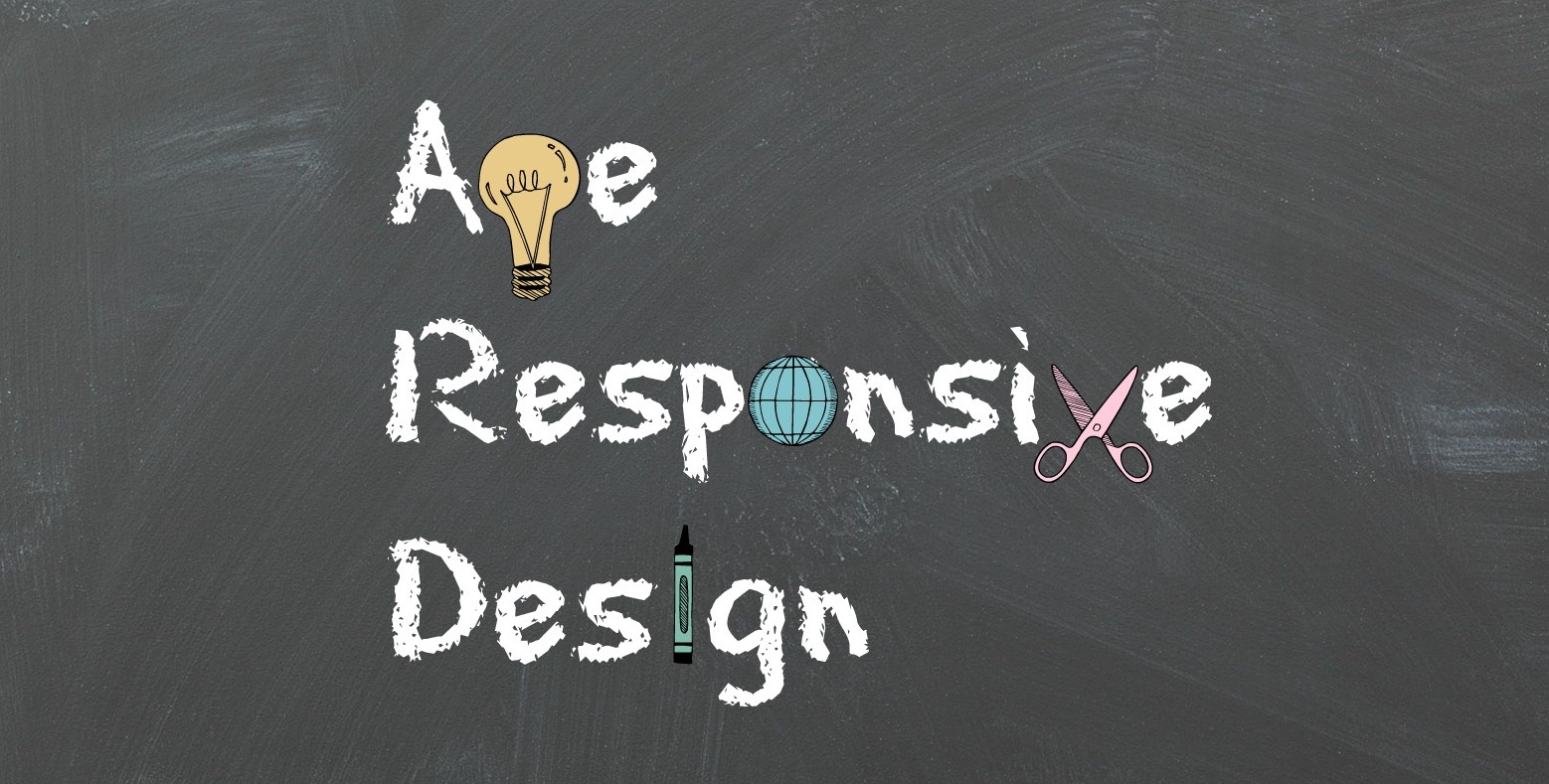
When we began the web design process the other day with a client, we stumbled across a new phrase in the RWD world: Age Responsive Design.
We already have the ability to make sites adapt based on screen size. But this is only the first step. As technology has evolved we have developed the ability to adapt web structure and content based on a user's age.
We have the technology!
While we might not be making a Six Million Dollar Man, Age Responsive Design is not an unattainable concept imagined in some science-fiction realm.
In fact, the gaming industry has been using a player's age and experience to adapt First Person Perspective (FPP) games by using dynamic game balancing (DGB) for years!
DGB is the automatic process that changes parameters, scenarios, and behaviors in a video game in real-time, based on the player's ability. This is utilized to avoid making a player bored or frustrated. If you're a beginner, you will only fight enemies that have reduced speed and health. But if you're a pro, the game will become much more difficult and increase the gameplay duration.
The concept is similar to what the age-responsive design will do to websites. And, just as we have the information to determine a user’s age, this data can be used to combine those existing technologies to create universally user-friendly experiences. As we enter 2017, websites will be able to combined this information to make subtle changes to accommodate younger or older audiences.
One size DOES NOT fit all.
A 17-year-old and a 70-year-old do not read the same books or wear the same clothes, so why should they be subjected to the same online experience?
Age Responsive Design is made with the ability to focus on how the site looks; but also how it works, what type of content it displays, and what a user can do with it. Just a few examples of what Age Responsive Design could do, include:
- bigger vs smaller font sizes and spacing
- muted vs saturated color schemes
- video presentations vs text explanations
- social media sharing vs email conversion
- expanded vs condensed navigation menus
- typographic vs traditional content
While automatic age design is not currently in use, targeted web content is... So the application of Age Responsive Design is just around the corner - it's only matter of who impliments it first.


